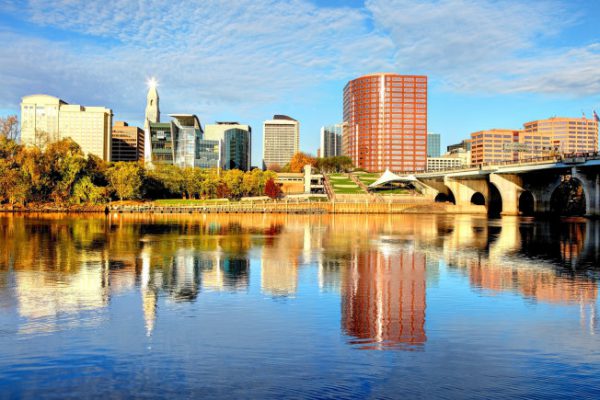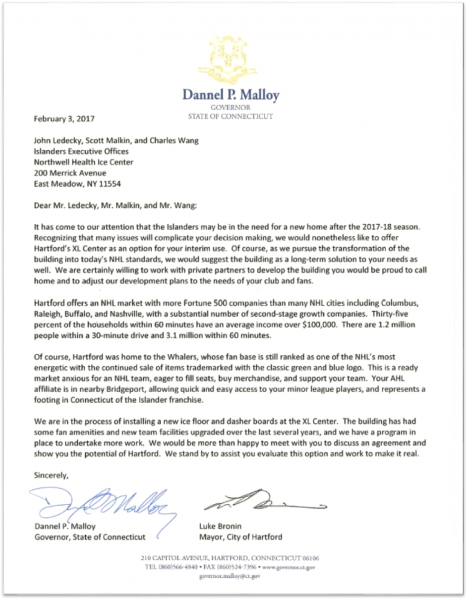Local College Students Selected by US State Department for Intensive Foreign Language Training
/Four University of Bridgeport students have been awarded U.S. Department of State Critical Language Scholarships, among the most competitive in the field, to spend the summer abroad at intensive language programs. The Critical Language Scholarship (CLS) program is part of a U.S. government effort to dramatically expand the number of Americans studying and mastering foreign languages deemed to be of particular importance. They include but are not limited to: Arabic, Azerbaijani, Chinese, Persian, Russian, and Urdu.
Students Ana Rena, Justin Sabo and Fernando Gonzalez have been accepted into the Arabic language study program at a site still yet to be determined in the Middle East. According to the State Department’s website, Arabic is taught in Amman, Jordan; Meknes, Morocco; Tanfier, Morocco; and Ibri, Oman.
UB student Sung Soon Gavel won a CLS to study Korean at Chonnam National University in Gwangju, South Korea. The CLS Korean Program in Gwangju, Korea provides students opportunities to learn Korean both inside the classroom and in an immersive cultural setting during an intensive 8-week language program set in Korea’s sixth-largest city located just south of Seoul. Students receive a minimum of 20 hours per week of classroom instruction where they learn the four major skills of speaking, listening, reading and writing in Korean.
Sung Soon Gavel won a CLS to study Korean at Chonnam National University in Gwangju, South Korea. The CLS Korean Program in Gwangju, Korea provides students opportunities to learn Korean both inside the classroom and in an immersive cultural setting during an intensive 8-week language program set in Korea’s sixth-largest city located just south of Seoul. Students receive a minimum of 20 hours per week of classroom instruction where they learn the four major skills of speaking, listening, reading and writing in Korean.
CLS Program institutes at 24 locations around the world cover approximately one academic year of university-level language coursework during an eight- to ten-week program and are designed to meet the needs of students from a variety of language levels and backgrounds.
The scholarships are highly competitive; just 10 percent of students who apply to the program are awarded one. But since 2011, eight University of Bridgeport students, including the four 2017 winners, have won them.
“As an application evaluator for the Critical Language Scholarships, I can confirm that the pool of applicants to the program include some of the nation’s brightest students at leading universities across the country. So having one CLS winner, or even having students make it to the final rounds, would be worthy of celebration. The fact that four were granted awards is a phenomenal testament to our students’ hard work. They make us very proud,” said Brandon LaFavor, director of UB Education Abroad Resource Center.
Formal classroom language instruction is provided for a minimum of 20 hours per week. Extracurricular activities are designed to supplement the formal curriculum, including regular one-on-one meetings with native speaker language partners for conversational practice, as well as cultural activities and excursions designed to expand students’ understanding of the history, politics, culture and daily life of their host country.
In past years, students from institutions including University of Connecticut, Connecticut College, Trinity College, Wesleyan University, Quinnipiac University and Central Connecticut State University have also been selected to participate. Most recently, a UConn student was selected to learn Hindi in India in 2016, and two Wesleyan students were selected last year to learn Russian and Hindi.
The Critical Language Scholarship Program is a program of the United States Department of State, Bureau of Educational and Cultural Affairs. CLS is administered by American Councils for International Education.
This year’s group of Critical Language Scholars from UB are all enrolled at the College of Public and International Affairs (CPIA) at the University. The school’s six undergraduate and four graduate programs groom students in fields related to diplomacy, including international security and global development. CPIA alumni have gone on to work for the FBI, the Department of State, Defense Department, United Nations, Council of Europe, as well as global NGO’s (non-governmental organizations) and private industry.
https://youtu.be/WUhZlih7hls




 Lowest
Lowest 


 The Cuban Lyceum of Bridgeport -- Liceo Cubano de Bridgeport- celebrated its 60th year in 2014, the Connecticut Post
The Cuban Lyceum of Bridgeport -- Liceo Cubano de Bridgeport- celebrated its 60th year in 2014, the Connecticut Post 


 Eligibility Requirements for Book Awards to be made in 2017:
Eligibility Requirements for Book Awards to be made in 2017:


 As of January 9, 2017, 920 participants from across the country had submitted more than 6,300 articles from their local newspapers. The articles were published in newspapers located in all 50 states and the District of Columbia, and represent news articles, editorials, letters to the editor, political cartoons, and advertisements.
Individuals are urged to check with their local museum, historical society, or library to see if they will be hosting a research group. A classroom or school, a temple or church, a museum or library, or other community organizations can participate. Individuals can also participate. Organizations
As of January 9, 2017, 920 participants from across the country had submitted more than 6,300 articles from their local newspapers. The articles were published in newspapers located in all 50 states and the District of Columbia, and represent news articles, editorials, letters to the editor, political cartoons, and advertisements.
Individuals are urged to check with their local museum, historical society, or library to see if they will be hosting a research group. A classroom or school, a temple or church, a museum or library, or other community organizations can participate. Individuals can also participate. Organizations  can email Liz Shapiro at
can email Liz Shapiro at 


 The top 12 among millennials were: Sept.11; Obama election; Iraq/Afghanistan wars; Gay marriage; the tech revolution; Orlando shooting; Hurricane Katrina; Columbine shooting; Bin Laden; Sandy Hook; Boston Marathon bombing; Great Recession.
The top 12 among millennials were: Sept.11; Obama election; Iraq/Afghanistan wars; Gay marriage; the tech revolution; Orlando shooting; Hurricane Katrina; Columbine shooting; Bin Laden; Sandy Hook; Boston Marathon bombing; Great Recession.




























